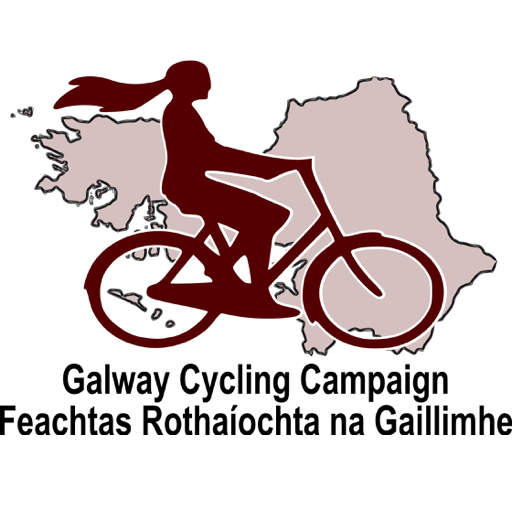Category: Submissions
-
Change Our Streets: an Open Letter to Galway City Council
Cycling advocates have written an Open Letter to Galway City Council offering ideas to begin a creative conversation to ‘Change Our Streets’ to quickly and cheaply make public spaces safer […]
-
Martin Roundabout Upgrade
Here’s our submission on the Martin Roundabout (Galway Clinic Roundabout) Upgrade Statutory Public Consultation which took place in Summer 2019. This project has been funded by the Urban Regeneration and […]
-
Knocknacarra District Centre SHD
Below is the joint submission made by the Galway Cycling Campaign and the Galway Cycle Bus to An Bord Pleanála on the Knocknacarra District Centre development under the Strategic Housing […]
